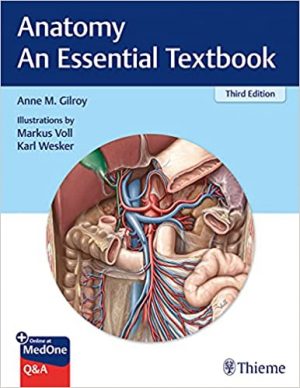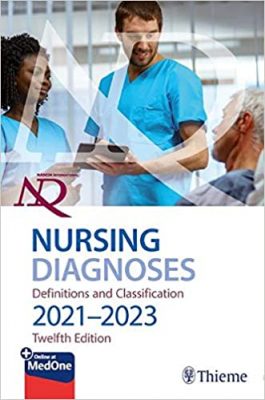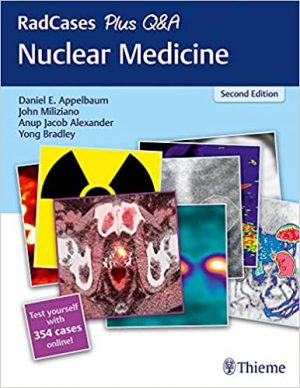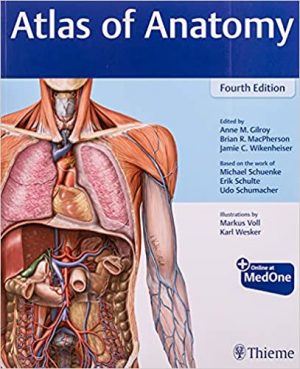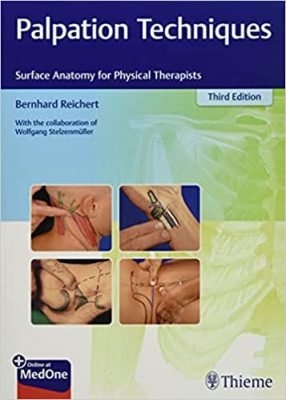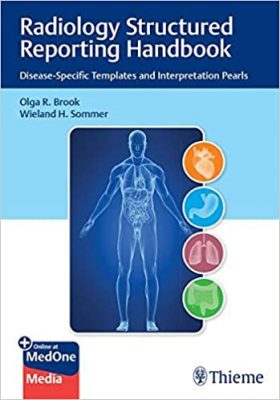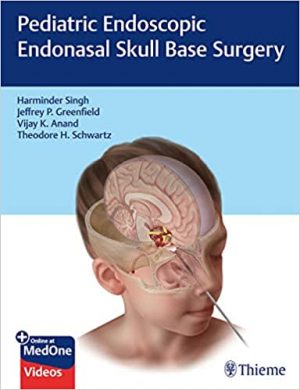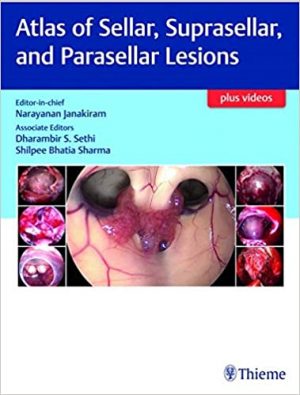Surgical Suture for Beginners: A complete step-by-step guide
Surgical Suture for Beginners: A complete step-by-step guide
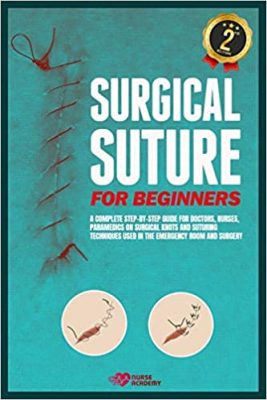
Surgical Suture for Beginners teaches you everything you need to know about the most common knots and suturing techniques you will encounter in your medical career. This book is a complete step-by-step guide for doctors, nurses, paramedics on techniques that are used in the emergency room and surgery.
Before the advent of anesthesia, doctors were forced to use very primitive suturing techniques due to the fact that they did not have the time to implement more sophisticated and effective sutures. Now that medical professionals have the ability to create the most effective knots in sutures they can truly do miraculous things and aid individuals in healing from injuries and illnesses that previously would have been fatal. A comprehensive knowledge of suturing techniques is essential for any healthcare professional.
A surgical suture is a medical instrument used during an injury or surgery to tie body tissues together. In general, the application requires the use of a needle with an attached thread length.
Over the centuries of its history, a variety of different shapes, sizes, and thread materials have been created. Usually, surgeons, psychiatrists, dentists, podiatrists, eye doctors, professional nurses and all qualified nursing professionals, physicians, skilled pharmacists, and veterinarians participate in suturing. To protect the sutures, surgical knots are used. Therefore, doctors, nurses, and paramedics need to be familiar with both suture techniques and knots.
DOWNLOAD THIS MEDICAL BOOK









